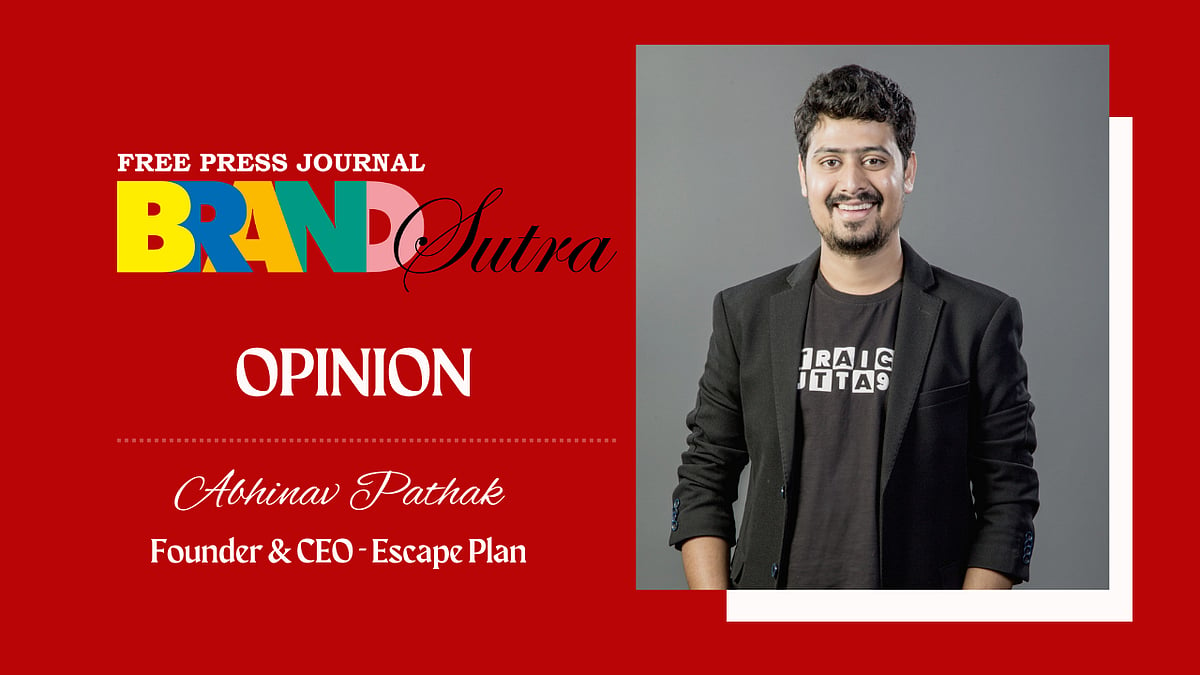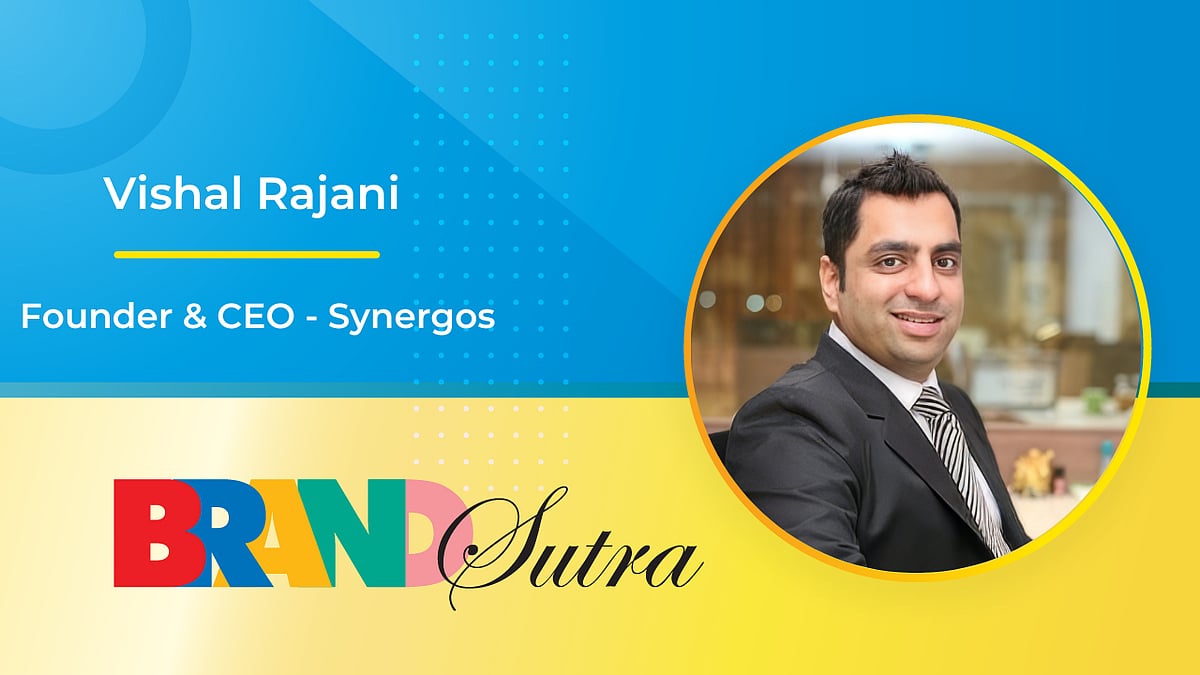G Pradeepkumar, CEO, Union Asset Management Company Private Limited (Union AMC), is equally optimistic about the growth potential of the Indian mutual funds industry and its wealth-creating ability for long-term investors. Here, he talks about the Union Bank of India merger with Andhra Bank and Corporation Bank in April, 2020 and what it has meant for Union AMC and also outlines his ambitious growth plans for the company.
How have you seen the financial services sector evolve over your career of more than 30 years across organizations like IDFC Investment Advisors Limited, UTI Asset Management Company Private Limited, UTI International and Union Asset Management Company? What has changed significantly?
Probably the most impactful change I have seen in my career is the use of technology. In one of my earlier assignments in the nineties, there was a situation where the assets of one of the offshore funds had to be physically and legally segregated from other assets held by the institution. It was a nightmare even to track down physical certificates in many cases. It was almost impossible to match the holding statement given by the custodian with the actual certificates in the vault. We have come a long way from there. Our markets are among the most transparent and efficient in the world today. Technology has brought down costs, increased transparency, and made financial products accessible to a much a wider audience. Of course, we still have a lot of untapped potential and a lot more work needs to be done, but I am confident about the growth of the financial sector and especially of mutual funds in India.
How has the Union Bank of India merger with Andhra Bank and Corporation Bank in April, 2020 turned out for Union AMC? Please take us through the growth journey of Union AMC as you have seen it in your nearly 12 years with the company. How have the Average Assets Under Management (AAUM) fared over the last one year?
Looking back over the past decade, we could split our journey into two phases. The first phase was when we had the Belgian KBC Asset Management Company (KBC) as a co-sponsor. The business model then was to distribute our products primarily through the branch network of Union Bank of India. After KBC pulled out from India, and Dai-ichi Life Holdings Inc. of Japan (Dai-ichi) came in as a co-sponsor in 2018, the current phase of our journey started. Both Union Bank of India and Dai-ichi have been very encouraging in expanding our distribution network. In the last three years or so, we have made significant progress in enlisting the support of a large number of mutual fund distributors (MFDs). Also, in 2018, Vinay Paharia joined us as the Chief Investment Officer and put in place a more robust investment process. We firmly believe that it is the process rather than the brilliance of an individual fund manager that will allow us to produce consistent returns. The results of this approach are there for all to see.
The amalgamation of Andhra Bank and Corporation Bank with Union Bank of India has almost doubled the branch network available to us in reaching out to investors from pretty much every nook and corner of the country. While we have not been able to fully utilize this expanded network on account of the pandemic, we are confident that this will play a crucial role in our growth for many years in future.
At the same time, our increased focus on MFDs has paid rich dividends. For example, around a year back, the share of MFDs in our Average Assets Under Management (AAUM) used to be 12.66% and it now stands at 28.81%. A large chunk of the AAUM coming from MFDs is from retail investors. The AAUM was Rs 4,868 crore in December 2020 and Rs 8,254 crore in December, 2021.
How does the Japanese connection - Dai-ichi’s 39.62% stake in Union AMC – help the company? What have been the major changes in various facets of the company’s operations in the last few years?
Dai-ichi is a very supportive but non-interfering type of sponsor. They becoming our co-sponsor has, of course, made us financially very robust. More importantly, they are very encouraging as far as our ambitious growth plans are concerned. We also manage a part of Dai-ichi’s India allocation through an offshore fund, which is a significant stamp of credibility for us.
What is the quantum of first-time investors coming into the system? To which age group and geographies do they belong?
As of December 31, 2021, we had about 68,000 first time investors constituting about 25% of our investor base. We have about 1% market-share of the unique investors in the industry. We have been able to penetrate many Tier II and Tier III cities and gain meaningful market-share. Some places in eastern Uttar Pradesh, for example, would figure in our list of top cities by number of investors.
What next from Union AMC? What are your long and short term plans for the company? Where do you spot opportunity for growth and expansion?
Our immediate target is to reach assets under management of Rs 10,000 crore by end of March, 2022 and then take it to Rs 25,000 crore by March 2023. In the long term, we would like to win the trust of our investors by producing consistently above average returns in each category of funds where we are present. Adherence to our robust investment process will be the key to achieving this. For a nation as big as India with around two-thirds of the population below the age of 35 years, there is huge untapped potential for the mutual funds industry. While everyone is convinced about the opportunity in the B30 (beyond the top 30 cities, as classified by SEBI) cities we are equally excited about the untapped potential in the bigger cities as well. We are nowhere near saturation even in a city like Mumbai.
What are the personal anecdotes or real on-ground experiences that you can relate with regard to consumer behaviour, over the years from your career?
I have been amazed at how easy it is to sell mutual funds. When I explain the benefits of mutual funds such as transparency (you get to know pretty much down to the last penny where your money is invested), liquidity (even to the extent that emergency cash can be received in your account in a matter of minutes), robust regulation, favourable taxation, low cost, etc., it is a compelling value proposition. The challenge is to reach out to more and more people and tell the story. I believe that even a small SIP can change the life of a person and have often cited the example of my driver who used the SIP money to purchase a car and became an owner-driver. I know many people who have bought houses, got their children educated and achieved many other goals through investment in mutual funds. As a person associated with the mutual funds industry, nothing gives me more satisfaction than helping people to achieve financial freedom.
Going forward, what is your outlook for the mutual funds industry in India in the post-COVID volatile market scenario? What are the risks you perceive and what would be your advice to investors?
Markets are guided by greed and fear. If the correction at the beginning of 2020 was due to the fear of the pandemic, the full-blown euphoria that we saw subsequently was primarily the outcome of the massive liquidity unleashed by the central banks across the globe. This gush of liquidity that has crept into various asset prices, especially equities, has made some relatively inexperienced investors believe that securities prices are headed north all the time. There are already clear signs that inflation is a worry for central banks. Markets are bracing for a rising interest rate regime. There are other headwinds such as high oil prices. This is not to take away the attractiveness of the equity markets. For anyone with a time-frame of more than five years, equities will probably give better returns compared to other asset classes, but one needs to be prepared for some volatility in the near term. It is the patient investor that always makes money. In this scenario, we are advising retail investors to opt for hybrid products such as balanced advantage funds/dynamic asset allocation funds for lumpsum investments. Of course, SIPs continue to be the best way for long term wealth creation.
As for the mutual funds industry in India, even if the industry was to catch up with the world average in AUM to GDP ratio of around 81%, the industry has tremendous scope to grow, given the current level of about 18%. Our advice to investors would be to focus on long term goals rather than getting distracted by the noise in the market. Having said that, each individual may have a different situation and it would be sensible to take the help of a distributor or advisor before making investments.









